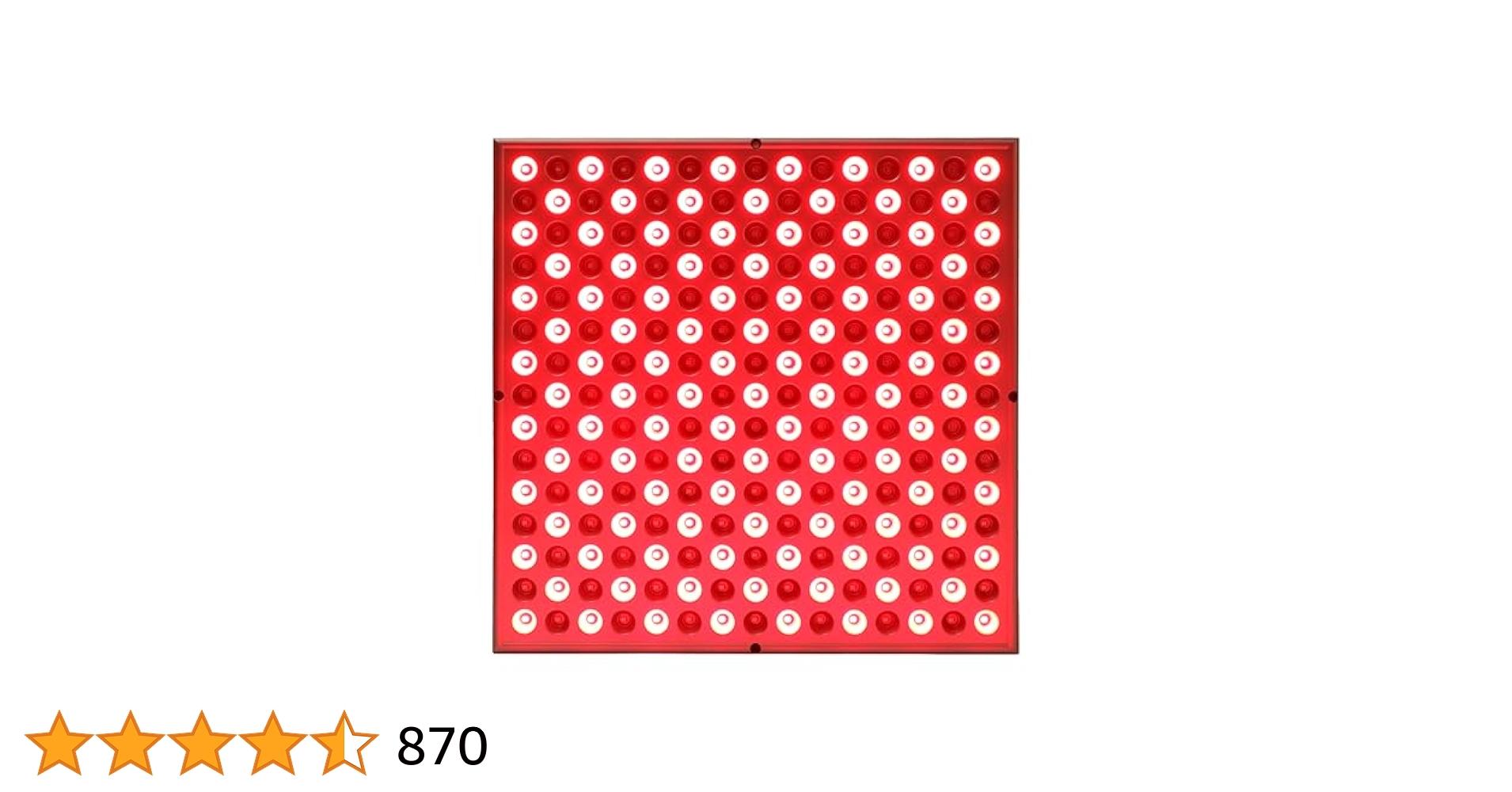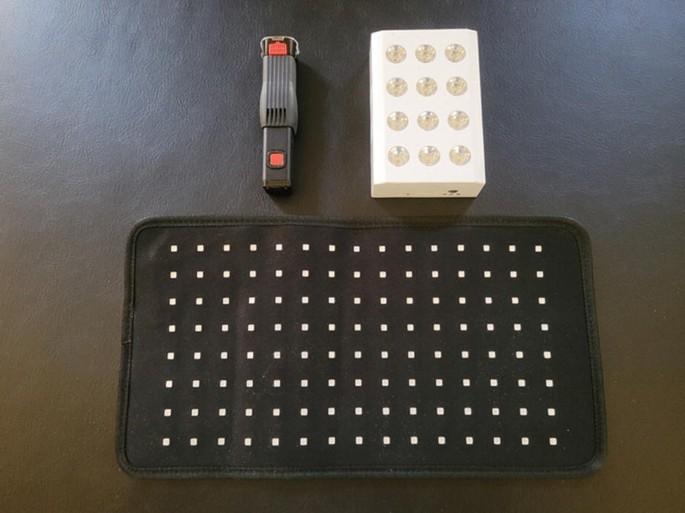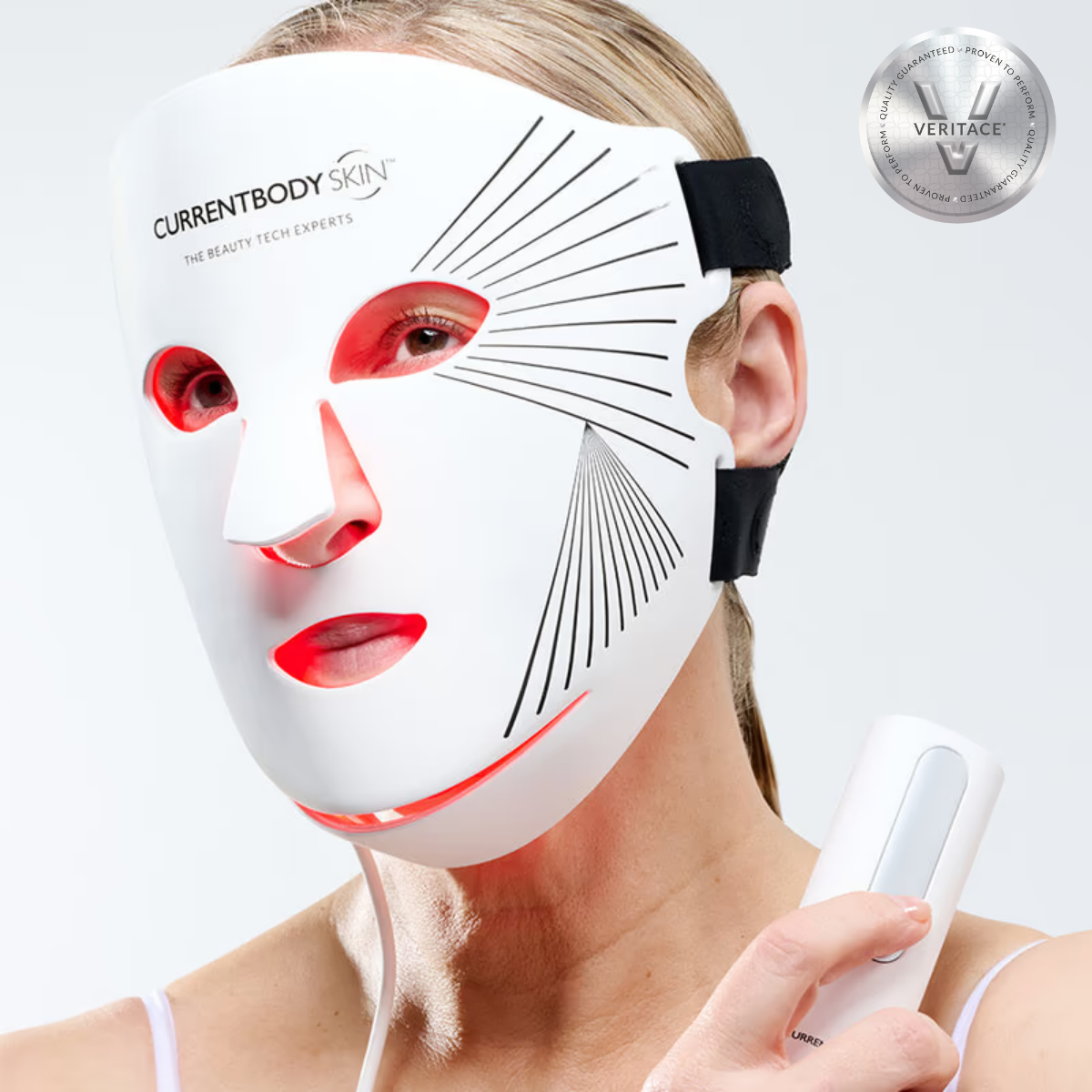Have you ever wondered how something as simple as light could become a powerful tool for wellness? The journey of Photobiomodulation (PBM), often known as red light therapy, is a fascinating saga that stretches from ancient practices to groundbreaking space research, ultimately landing in the comfort of our homes. Understanding The History Of Photobiomodulation: From NASA To Home Devices helps us appreciate the scientific rigor and serendipitous discoveries that brought this remarkable therapy to the forefront of modern health.
What Exactly is Photobiomodulation?
Before we delve into its intriguing past, let’s briefly clarify what Photobiomodulation actually is. At its core, PBM involves the use of specific wavelengths of light, typically red and near-infrared, to stimulate cellular function. When these therapeutic light photons penetrate the skin, they are absorbed by chromophores within our cells, most notably by the mitochondria. This absorption kickstarts a cascade of beneficial biological processes, leading to increased ATP (cellular energy) production, reduced inflammation, enhanced circulation, and accelerated tissue repair. Think of it as giving your cells a gentle wake-up call, prompting them to work more efficiently.
The Dawn of Light Therapy: Ancient Roots and Early Discoveries
While the term “Photobiomodulation” might sound cutting-edge, the concept of using light for healing is as old as civilization itself.
From Sunlight to Early Lasers: The Pre-NASA Era
For millennia, cultures around the world intuitively recognized the restorative power of sunlight. Ancient Egyptians, Greeks, and Romans practiced heliotherapy, using natural sunlight to treat various ailments, from skin conditions to seasonal depression. Fast forward to the late 19th century, and the scientific community began to take notice.
One of the earliest pioneers was Danish physician Niels Ryberg Finsen, who in 1903 received the Nobel Prize in Medicine for his revolutionary work using concentrated light, specifically ultraviolet (UV) light, to treat skin tuberculosis (lupus vulgaris). His “light institute” demonstrated the profound medical potential of specific light wavelengths.
The real game-changer, however, came with the invention of the laser in the 1960s. Shortly after, in 1967, Hungarian physician Endre Mester inadvertently discovered the healing properties of low-power lasers. While attempting to destroy tumors in mice using a low-energy ruby laser, he observed something unexpected: the laser didn’t harm the tumors, but it did significantly accelerate hair growth and wound healing in the treated areas. This accidental discovery marked the birth of what was then called “low-level laser therapy” (LLLT), laying the groundwork for modern PBM.
 Niels Finsen's Light Institute and early laser therapy in medical settings
Niels Finsen's Light Institute and early laser therapy in medical settings
NASA’s Stellar Contribution: Bringing Light to the Stars (and Earth!)
The story of PBM takes a truly fascinating turn with NASA’s involvement, a pivotal moment in The History of Photobiomodulation: From NASA to Home Devices. The space agency’s research not only validated early observations but also propelled light therapy into the scientific mainstream.
Solving Space Woes: LEDs for Astronaut Health
Life in space is tough on the human body. Astronauts faced unique challenges, including slower wound healing, muscle atrophy, and bone density loss due to microgravity and radiation exposure. NASA scientists, seeking innovative solutions, turned their attention to light. Dr. Harry Whelan, a neurologist and professor at the Medical College of Wisconsin, spearheaded much of this pioneering work in the 1990s.
His team explored the use of light-emitting diodes (LEDs) – the same technology found in everyday electronics – for medical applications in space. Unlike lasers, LEDs are non-coherent, meaning their light waves are not aligned, making them safer and more practical for broad therapeutic application. NASA found that specific wavelengths of red and near-infrared LED light, in particular, could penetrate tissues and stimulate the mitochondria in cells, much like a plant uses sunlight for photosynthesis.
The results were remarkable: LED light therapy accelerated wound healing in astronauts, improved bone density, and even showed promise in treating certain neurological conditions. This wasn’t just anecdotal; it was backed by rigorous scientific study, demonstrating the profound biological effects of specific light wavelengths on human cells.
“NASA’s research was a true game-changer,” notes Dr. Aris Thorne, a leading expert in cellular biology and a strong advocate for light therapy. “Their meticulous studies on LED applications for astronauts not only confirmed the therapeutic potential of light but also opened the floodgates for further terrestrial research, fundamentally reshaping our understanding of Photobiomodulation.”
The Leap from Space: Adapting NASA Tech for Earth
With robust data from space missions, the potential of LED-based PBM for use on Earth became undeniable. What began as a solution for astronauts quickly transitioned into clinical applications for the general public. Hospitals and rehabilitation centers began exploring the use of these advanced LED systems for a wide range of conditions, from chronic pain and inflammation to wound care and neurological disorders.
The early 2000s saw an increase in clinical trials and regulatory approvals, including crucial FDA clearances for various PBM devices. This period marked the critical shift from an experimental space technology to a recognized medical and wellness intervention, accessible to a broader patient population through specialized clinics and practitioners.
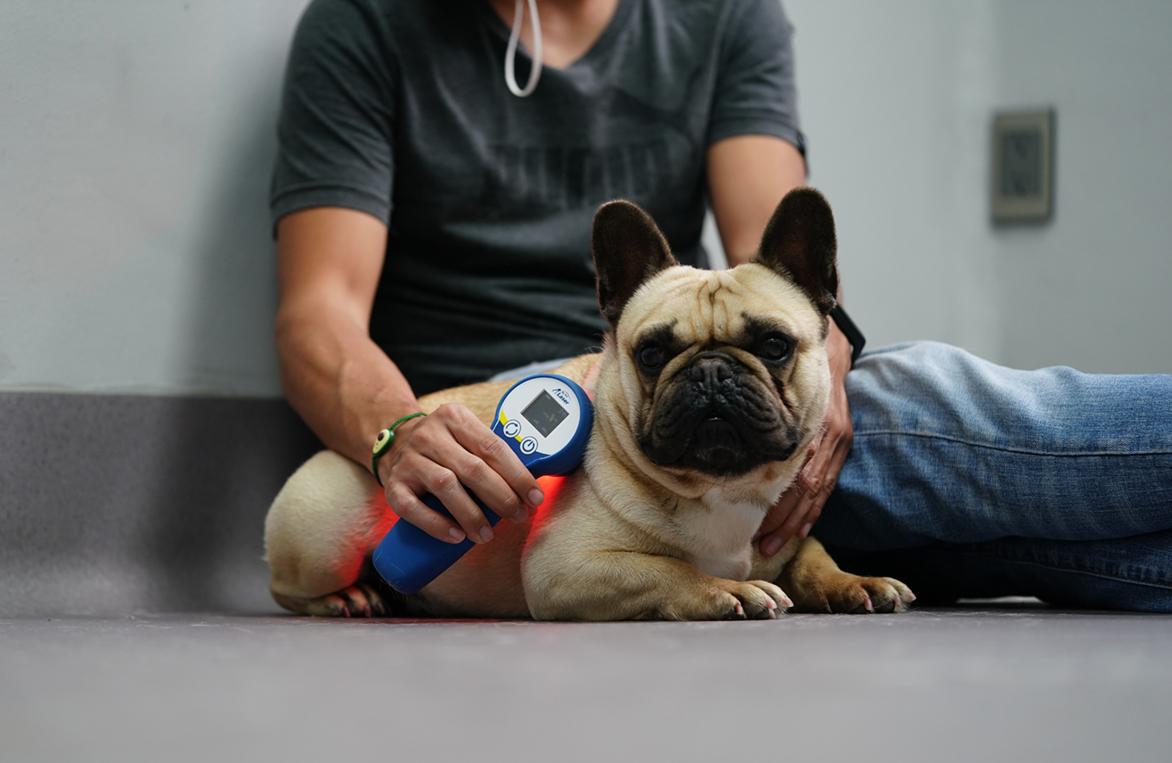 NASA research on photobiomodulation for astronauts in space
NASA research on photobiomodulation for astronauts in space
The Evolution of PBM: From Clinics to Your Couch
The journey from highly specialized NASA labs and medical clinics to widespread accessibility has been swift and transformative, defining the latter half of The History of Photobiomodulation: From NASA to Home Devices.
Clinical Adoption: Specialized Treatments Emerge
Following NASA’s success and subsequent clinical validation, PBM devices became staples in various medical and wellness settings. Sports medicine clinics adopted them for athlete recovery and injury management. Pain management centers used PBM to alleviate chronic pain conditions. Dermatologists integrated PBM into skin rejuvenation and acne treatments. These professional-grade devices were often large, powerful, and expensive, requiring trained practitioners to operate them. They offered precise control over wavelength, intensity, and treatment duration, making them ideal for targeted therapeutic applications.
The Democratization of Light: Home Devices Take Center Stage
The real revolution for the everyday consumer, however, came with the miniaturization and cost reduction of LED technology. As the components became smaller, more efficient, and cheaper to produce, manufacturers realized the immense potential for creating home-use PBM devices. This democratized light therapy, making it accessible to anyone interested in incorporating its benefits into their daily wellness routine.
- Miniaturization: From large panels to handheld wands, light masks, and even wearable wraps.
- Affordability: Costs significantly reduced, making PBM a viable investment for personal health.
- Ease of Use: Simple designs, pre-set programs, and clear instructions made operation straightforward for non-professionals.
Today, the market is brimming with a diverse array of home PBM devices. You can find everything from full-body red light therapy panels that resemble large mirrors, to targeted handheld devices for specific pain points, and even specialized masks for facial rejuvenation. This accessibility means that individuals can now experience the benefits of photobiomodulation for skin health, muscle recovery, pain relief, and overall well-being without needing to visit a clinic.
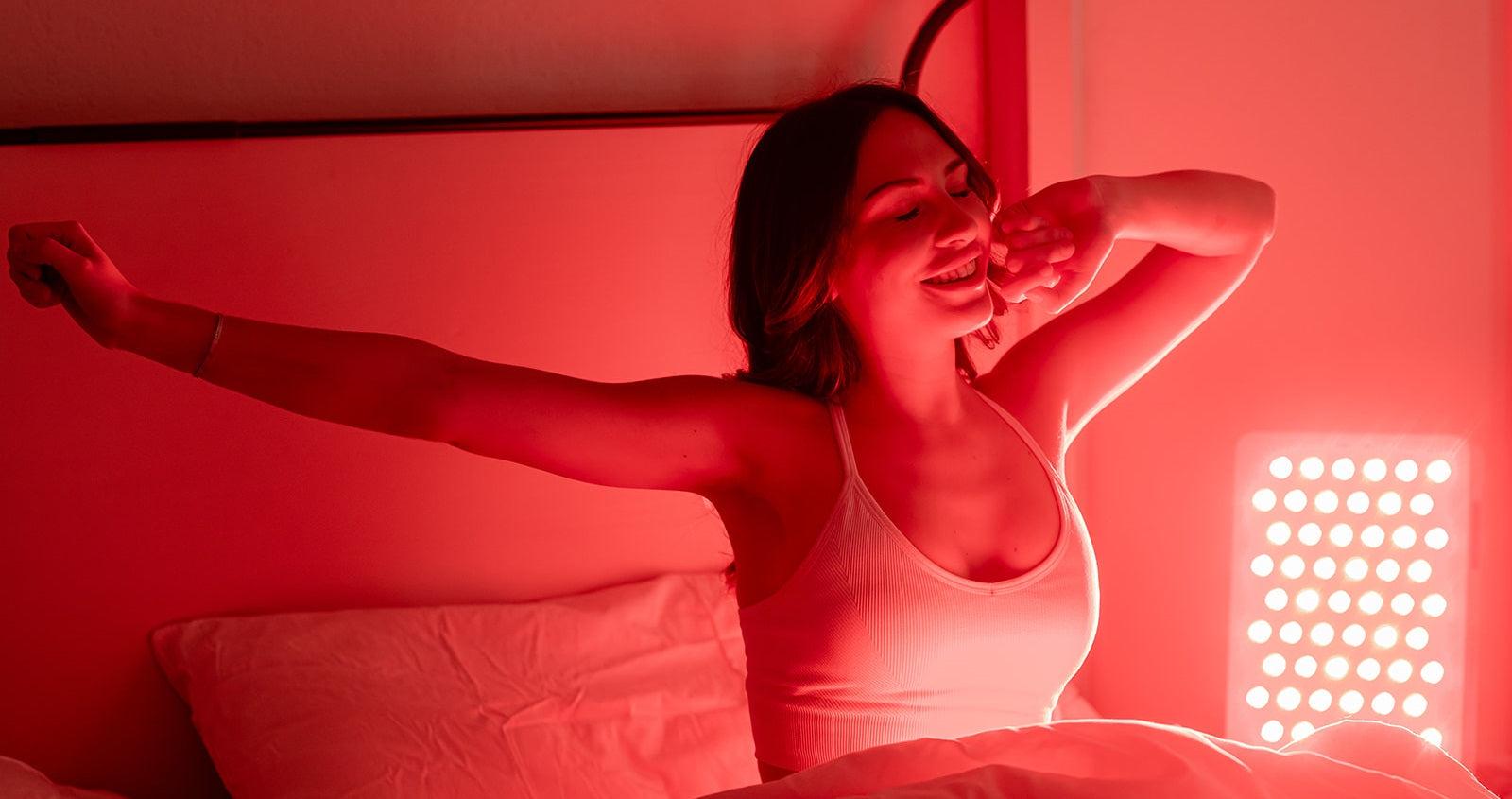 A diverse collection of modern home red light therapy devices
A diverse collection of modern home red light therapy devices
The Science Behind the Glow: How PBM Works
While the historical journey is fascinating, the underlying science is what truly explains PBM’s efficacy. The key lies in the cellular absorption of specific red and near-infrared wavelengths (typically 600-950 nm). When these photons hit the mitochondria – the “powerhouses” of our cells – they are absorbed by an enzyme called cytochrome c oxidase. This absorption leads to a cascade of beneficial effects:
- Increased ATP Production: More cellular energy for repair and regeneration.
- Reduced Oxidative Stress: Helps the body fight off damage from free radicals.
- Enhanced Blood Flow: Brings more oxygen and nutrients to tissues.
- Modulation of Inflammation: Reduces swelling and pain.
- Activation of Stem Cells: Promotes tissue repair and regeneration.
It’s a complex biological ballet, but the outcome is simpler: healthier, more resilient cells, and ultimately, a healthier you.
What Does the Future Hold for Light Therapy?
The future of Photobiomodulation looks brighter than ever. Research continues to expand our understanding of its applications, from treating neurodegenerative diseases and improving cognitive function to enhancing athletic performance and promoting mental well-being. As technology advances, we can expect even more sophisticated, personalized, and integrated PBM solutions. Imagine smart devices that adapt to your body’s needs or therapeutic light being seamlessly integrated into our daily environments. The journey of light therapy, which began with ancient sun worship and was propelled into the modern age by NASA, is truly just beginning.
Conclusion
From the earliest observations of sunlight’s healing power to Dr. Mester’s accidental discovery, and crucially, through NASA’s visionary research into LED technology for astronauts, The History of Photobiomodulation: From NASA to Home Devices showcases a remarkable evolution. What was once the domain of specialized clinics is now accessible to millions, offering a non-invasive, drug-free way to support our bodies at the cellular level. As we continue to unlock the full potential of light, PBM stands as a testament to scientific curiosity and humanity’s enduring quest for well-being. Ready to experience the glow for yourself? Explore the possibilities of PBM and see how this incredible technology can illuminate your path to better health.
FAQ About Photobiomodulation and Its History
Q1: What is the main difference between red light therapy and Photobiomodulation (PBM)?
A1: Red light therapy is a popular term often used interchangeably with Photobiomodulation (PBM). PBM is the broader, more scientific term that refers to the therapeutic use of red and near-infrared light to stimulate cellular function and promote healing, while red light therapy specifically highlights the use of visible red light.
Q2: How did NASA’s research specifically contribute to the development of PBM?
A2: NASA’s research in the 1990s, particularly led by Dr. Harry Whelan, focused on using LED light to address health issues faced by astronauts in space, such as slow wound healing. Their rigorous studies provided robust scientific evidence for the cellular benefits of specific red and near-infrared light wavelengths, validating PBM’s therapeutic potential and paving the way for its broader medical application on Earth.
Q3: Is Photobiomodulation the same as using a tanning bed or UV light?
A3: Absolutely not. Photobiomodulation (PBM) uses specific wavelengths of visible red light and invisible near-infrared light, which are non-ionizing and do not cause skin damage or tanning. Tanning beds primarily use ultraviolet (UV) light, which can damage DNA and contribute to skin cancer.
Q4: Are home red light therapy devices as effective as clinical ones?
A4: The effectiveness of home devices can vary based on their power output, wavelength specificity, and size. While professional clinical devices typically offer higher power and more precise control, many high-quality home devices are designed to deliver effective therapeutic doses for general wellness, skin health, and localized pain relief when used consistently and correctly.
Q5: What are the primary benefits people seek from using home PBM devices?
A5: People commonly use home PBM devices for a range of benefits including reduced muscle soreness and accelerated recovery after exercise, alleviation of joint pain and inflammation, improved skin health (e.g., reduced wrinkles, acne), better sleep quality, and general relaxation and well-being.
